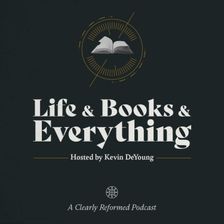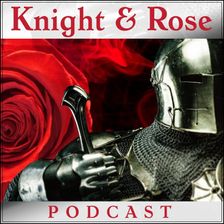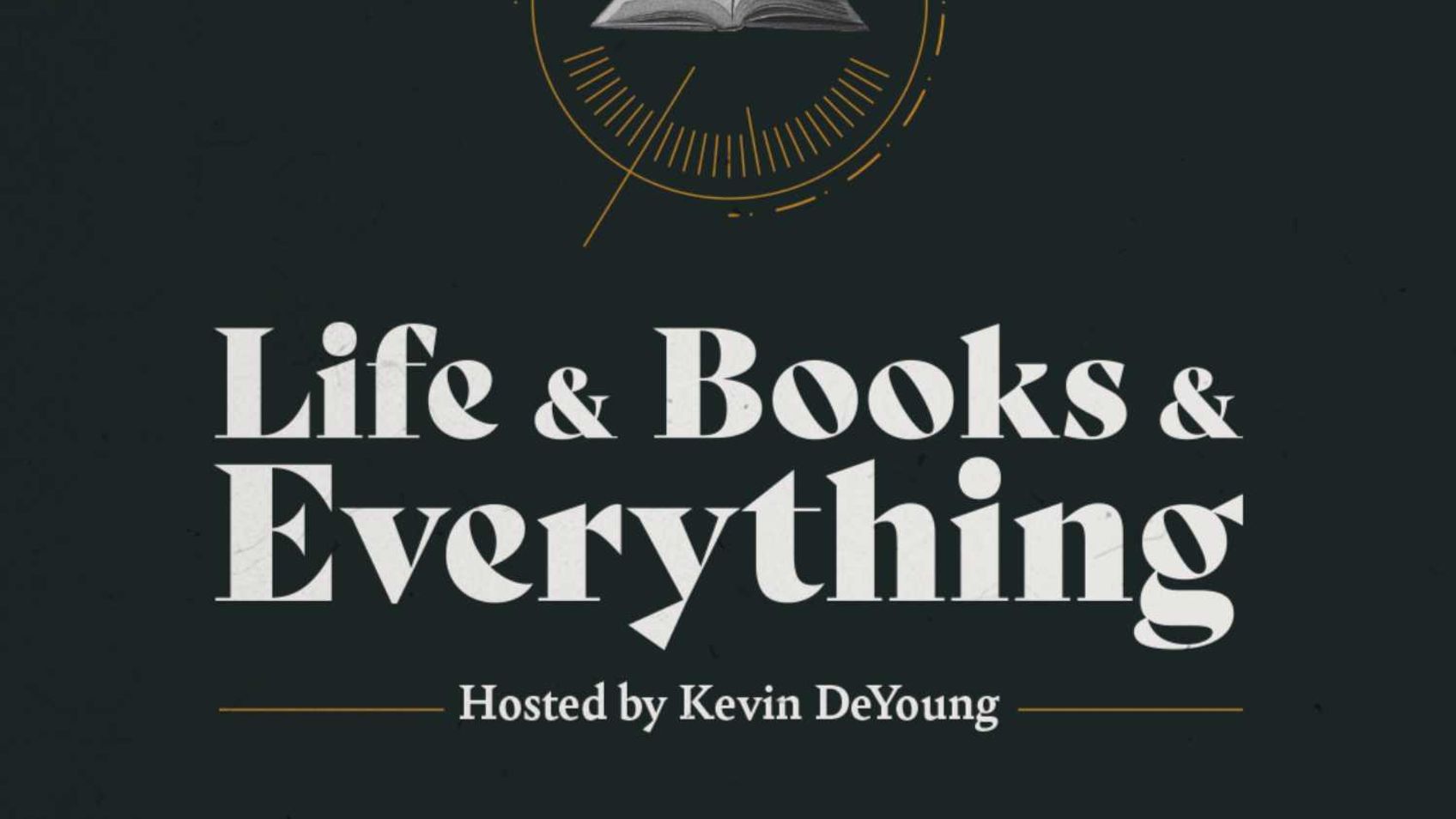The Biggest Story Bible Storybook with Don Clark
March 31, 2022

Life and Books and EverythingClearly Reformed
In this bonus episode, Kevin talks with the brilliant artist, Don Clark, Kevin’s co-collaborator on The Biggest Story and on (their new book) The Biggest Story Bible Storybook. In this fascinating conversation, Don talks about the joys and challenges of working on such a massive project and how he goes about the artistic process.
More From Life and Books and Everything

We Live in Confusing Times
Life and Books and Everything
April 4, 2022
I know, it’s complicated. But don’t worry, the less you think about it the more it will make sense.

Covenant Theology with John Fesko
Life and Books and Everything
April 6, 2022
In this wide-ranging discussion, Kevin sits down (actually, they were both standing up) with his RTS colleague, John Fesko, to talk about covenant the

The Story of Us All
Life and Books and Everything
April 15, 2022
The fundamental story of the world is not the story of good guys and bad guys, or of oppressors and the oppressed, but of sinners and a Savior.
In thi

Worship as Covenant Renewal
Life and Books and Everything
March 24, 2022
The historic liturgy of the Christian church did not originate in evangelicalism, or in the Reformation, or in Europe. It grew out of Old Testament (a

Lessons Learned with Justin Taylor and Collin Hansen
Life and Books and Everything
March 23, 2022
The band gets back together to talk about lessons learned from the two biggest events of the past two years: Covid and the war in Ukraine. Without pre

The Dangers of Digital Discourse
Life and Books and Everything
March 21, 2022
In an age where digital immediacy can be confused for personal intimacy, we often forget that public communication will not have all the features of p
More on OpenTheo

How Can I Explain Modesty to My Daughter?
#STRask
November 27, 2025
Questions about how to explain modesty to a nine-year-old in a way that won’t cause shame about her body, and when and how to tell a child about a pre

Are Demon Possessions and Exorcisms in the New Testament Literal?
#STRask
December 11, 2025
Questions about whether references to demon possessions and exorcisms in the New Testament are literal, how to talk to young children about ghosts, an

How Could the Similarities Between Krishna and Jesus Be a Coincidence?
#STRask
October 9, 2025
Questions about how the similarities between Krishna and Jesus could be a coincidence and whether there’s any proof to substantiate the idea that Jesu

Lora Ries: Border Security and Immigration Policy
Knight & Rose Show
December 7, 2025
Wintery Knight and Desert Rose welcome Lora Ries to discuss border security and immigration policy. They explore Biden's policy changes, like ending R

How Do I Reconcile the Image of God as Judge with His Love, Grace, and Kindness?
#STRask
October 20, 2025
Questions about how to reconcile the image of God as a judge with his love, grace, and kindness, why our sins are considered to be sins against God, a

The Golden Thread of the Western Tradition with Allen Guelzo
Life and Books and Everything
October 6, 2025
Dr. Guelzo is back once again for another record setting appearance on LBE. Although he just moved across the country, Allen still made time to talk t

How Can I Improve My Informal Writing?
#STRask
October 6, 2025
Question about how you can improve your informal writing (e.g., blog posts) when you don’t have access to an editor.
* Do you have any thoughts or

The Historical Reliability of the Gospels: Licona vs. Ehrman - Part 1
Risen Jesus
September 3, 2025
In this episode, frequent debate opponents Dr. Michael Licona and Dr. Bart Ehrman face off on the historical reliability of the gospels. Held in 2018

Life and Ministry in Charlotte and in the SBC with Clint Pressley
Life and Books and Everything
December 15, 2025
In a rare cultural anomaly that may never be repeated in our lifetimes, the current SBC President and current PCA Moderator live in the same neighborh

What About Those Who Never Heard the Name of Jesus?
#STRask
December 22, 2025
Questions about what will happen to those who never heard of Jesus or were brought up in a different faith, whether there’s biblical warrant to think

How Would You Convince Someone That Evil Exists?
#STRask
November 17, 2025
Questions about how to convince someone that evil exists, whether Charlie Kirk’s murder was part of God’s plan, whether that would mean the murderer d

Christmas Cranks and Christmas Blessings with Justin Taylor and Collin Hansen
Life and Books and Everything
December 17, 2025
If you are looking for a podcast where three friends talk about whatever they want to talk about and ramble on about sports, books, and grievances, th

Should You Believe Things You Can’t Fully Comprehend?
#STRask
September 25, 2025
Questions about whether you should believe things you can’t fully comprehend, whether it’s just an arbitrary escape hatch to say God doesn’t require a

How Did a Fisherman Write the Book of Peter?
#STRask
September 18, 2025
Questions about how a fisherman could have written the book of Peter, why people say that not mentioning the destruction of the temple indicates an ea

The Resurrection Standoff: Licona vs. Ehrman on the Unbelievable Podcast
Risen Jesus
October 22, 2025
This episode is taken from the Unbelievable podcast with Justin Brierly in 2011 when Dr. Bart Ehrman and Dr. Michael Licona address the question: Is t
